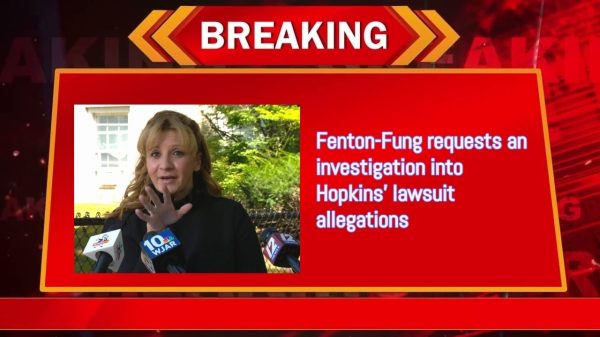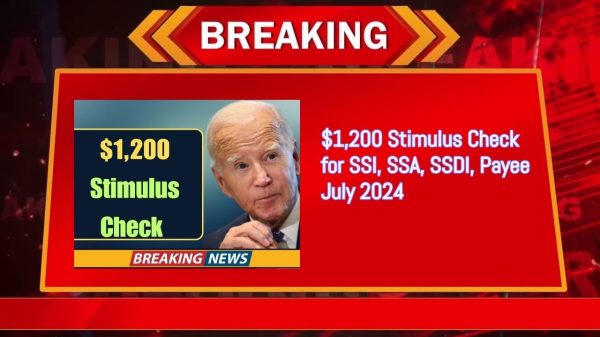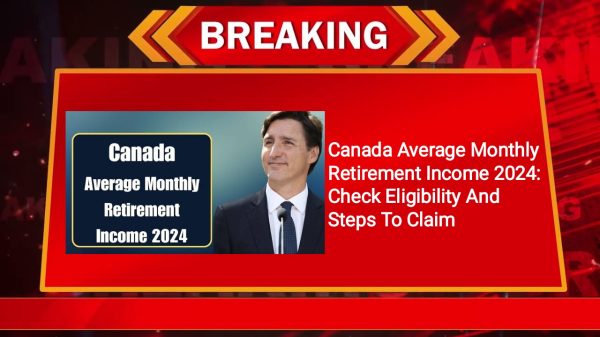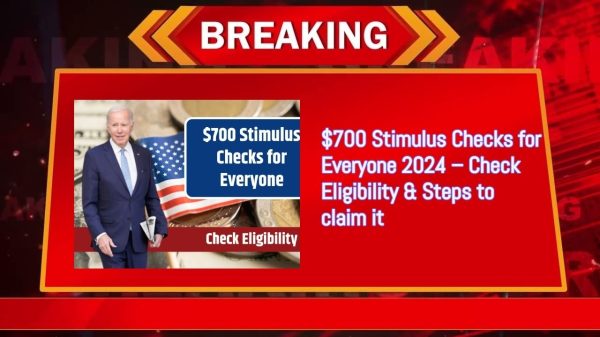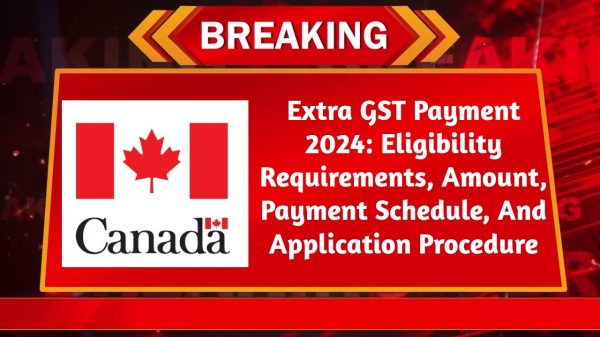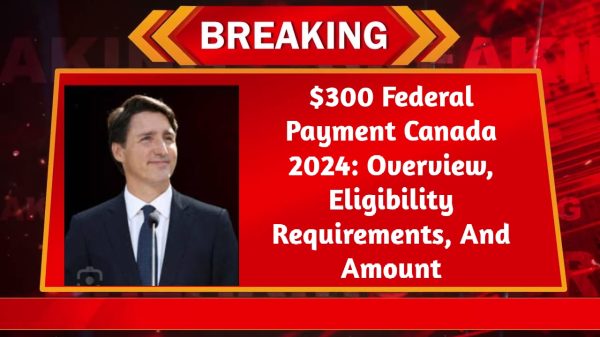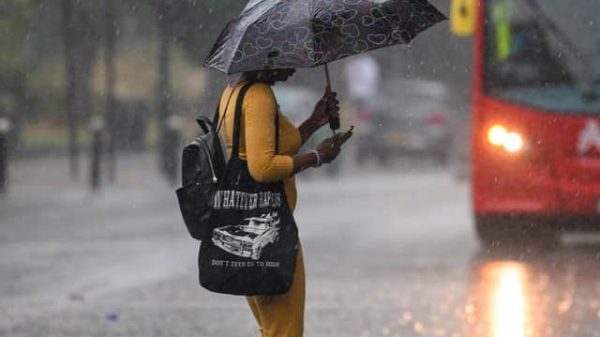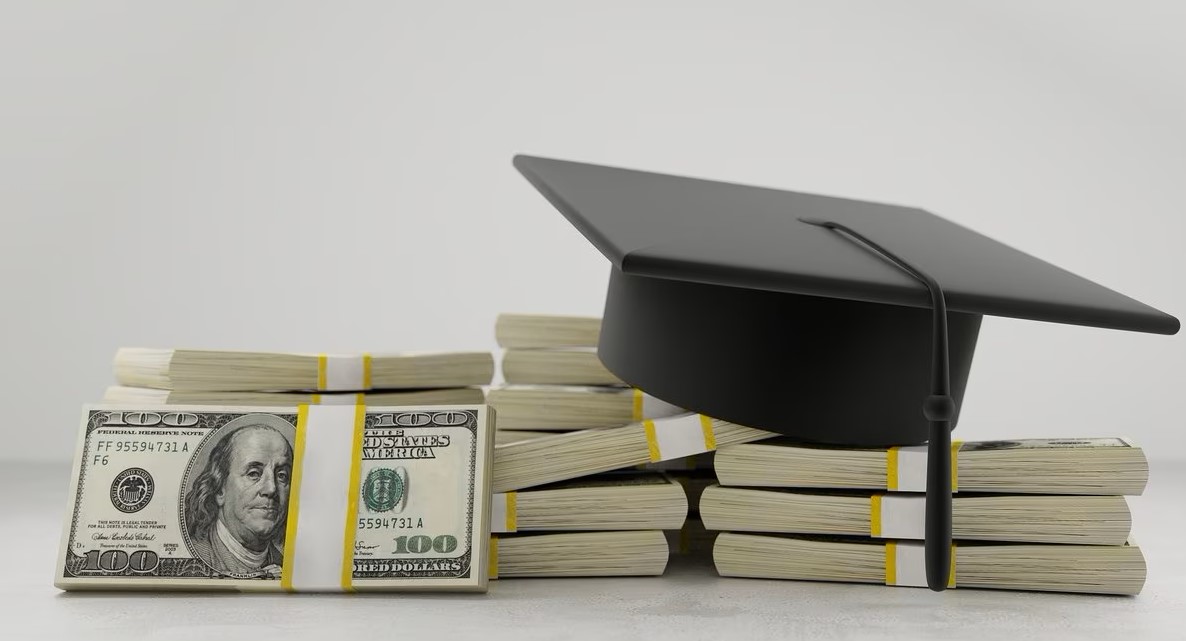When federal student loans return in October 2023, managing them with credit card debt may get harder.

The temporary suspension of payments for federal student loans has been lifted, and it is anticipated that borrowers will resume making payments in October 2023. (Source: Austin Community College District)
Some Strategies on How to Make a Steady Payment Throughout the Year
Federal student loan payments in October might derail your finances, especially if you’re already suffering from credit card obligations. A June Consumer Financial Protection Bureau blog article found that one in five student loan borrowers have risk characteristics that could make repayment difficult. The initial 12-month student loan on-ramp from Oct. 1 to Sept. 30, 2024, will have less impact. Missed student loan payments won’t lead to default or credit score drops. As interest accrues, debt will become harder to manage. Make steady payments over the next year. You’ll save more and pay off debt faster. Here are some starting strategies.
- Rethink your budget. An updated budget shows debt-repayment funds. Look for ways to save on debit and credit card bills. Kristen Holt, CEO of the nonprofit credit counseling agency GreenPath, suggests jotting down your spending. She suggests prioritizing rent, utilities, transportation, and others. Build a $500 emergency fund to avoid extra debt. “Anything is better than nothing,” Holt argues. “Even putting $10 a paycheck into a savings account takes a while, but it’s better than zero.”
Next, choose student loan or credit card debt as your focus. To progress, make all payments but put more toward high-interest debt. Credit cards usually have higher interest rates unless a promotion or agreement changes them.
- Reduce credit card interest rates. Credit scores of 690 or above qualify for low-interest options. Balance transfer credit cards let you transfer debt from another account to achieve a cheaper interest rate. The best balance transfer card features no annual charge, 0% introductory APR, and 3% or less balance transfer cost. The savings from a lower fee than your estimated interest payments can be applied to student loan installments.
Personal loans can consolidate various credit card balances into one low-interest fixed payment. If an emergency or layoff is affecting your capacity to pay, ask the credit card company about a hardship plan. The issuer’s terms may cut interest and waive fees temporarily.
- Consider an income-driven repayment plan. A federal student loan income-driven repayment plan bases monthly payments on income and family size. After 20 or 25 years, debts are canceled. Four income-driven repayment plans are available depending on your goals and loan type.
Renée Earwood, a registered financial counselor and student loan coach, advises paying off student loans fast to save on interest or as little as feasible to take advantage of forgiveness schemes. “It depends on how much student loan debt they have, their personal goals, and their income level,” Earwood adds.
When you’re on an income-driven repayment plan, Earwood suggests evaluating options to see whether one fits your goals. The new SAVE proposal may cut undergraduate loan payments in half starting in July 2024 and cancel residual debt faster if the principal balance is lower.
- Use credit counseling if needed. When debt progress seems impossible, a nonprofit credit counseling firm may help. A credit counselor can help you budget and qualify for a debt management plan. This option consolidates credit card balances into one payment with a lower interest rate for a charge. If the credit counselor is a registered student loan specialist, they can help choose the best repayment plan. Holt explains that they are going to look at the person’s whole situation and examine their credit report, however, it does not affect their credit score.
- Pause credit card spending. Avoid new credit card purchases after lowering debt costs. Using a debit card or cash temporarily can help you meet your goals. Since you have a debt and are paying, the issuer won’t terminate your credit card for inactivity. Maintain the card with little purchases after the debt is paid off.
READ ALSO: Student Loan Forgiveness Scams Target Borrowers as Loan Payments Resume in October

